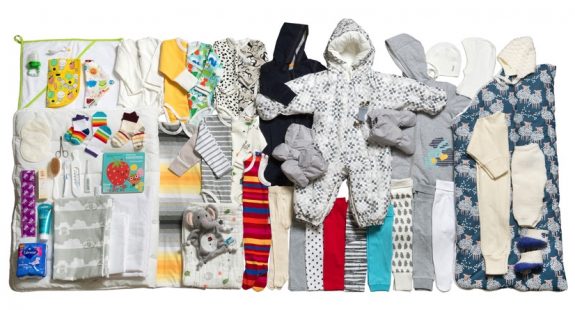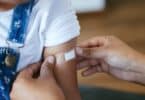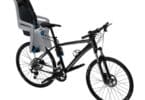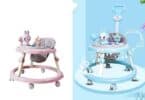Cardboard baby boxes have been a staple for new parents in Finland thanks to a program offered by the government that provides the box, sleeping bag, a toy, book, bibs, blankets, 8 pairs of pants, 8 bodysuits, a romper, 3 hats, booties, personal care items and. Winter gloves/boots.
An incredible start for new parents, the box itself doubles as a sleeping space with an included mattress for families who cannot afford a proper crib.
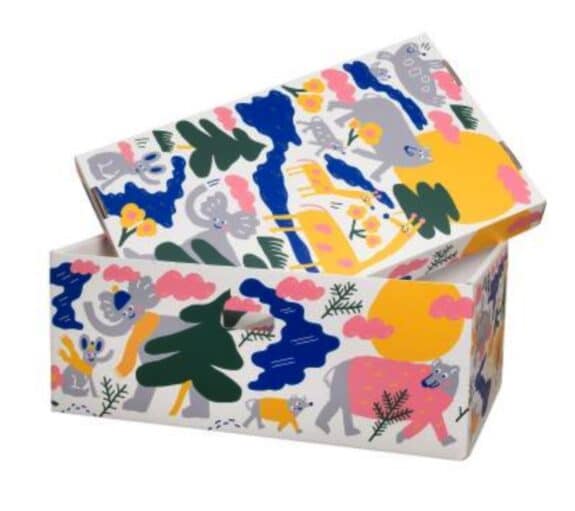
The popularity of the baby sleeping box has professionals concerned about the safety for infants.
Should parents forgo a moses basket or side sleeper for their newborns in favor of the cardboard counterpart?
Professor Peter Blair at the University of Bristol and colleagues say no. “The cardboard baby box,” he says. “should not be promoted as a safe sleeping space, but as only a temporary substitute if nothing else is available.”
More studies need to be done “to better understand how families use the cardboard baby box and its safety implications.”
The baby boxes, with their high sides, do not facilitate air flow, and carers can see the infant only if they are looking from directly over the box to make sure their child is safe.
The cardboard baby box also come with lids, which are potentially flammable (especially if not laminated), and if placed on a floor are susceptible to low level draughts, domestic pets, and young siblings.
If placed at a height, the box may fall, and no data exist on the durability of the box (especially if it becomes wet or dirty), they add.
They are also too small to be used for most babies older than 3 months old, and are not designed to be brought into their parents’ bed at night.
“We support any initiative that raises awareness of SIDS, including appropriate SIDS risk reduction advice distributed with cardboard baby boxes,” write the authors. “But this advice can be undermined if the messages given are incorrect or mixed with non-evidence based messages about the intervention itself.”
“Population-wide initiatives should have to meet high standards of safety and efficacy and should be subject to rigorous evaluation before implementation, because the potential to cause inadvertent and unintended harm is much greater than for those that target a selected population,” they conclude.

